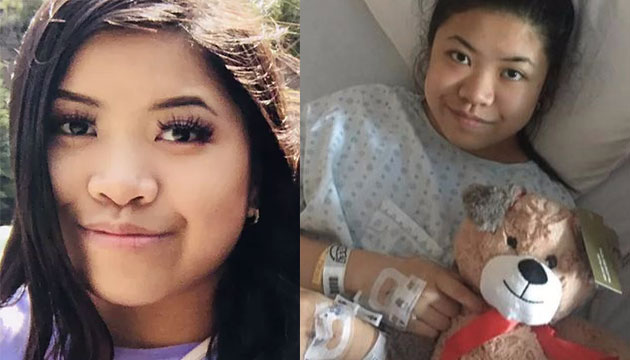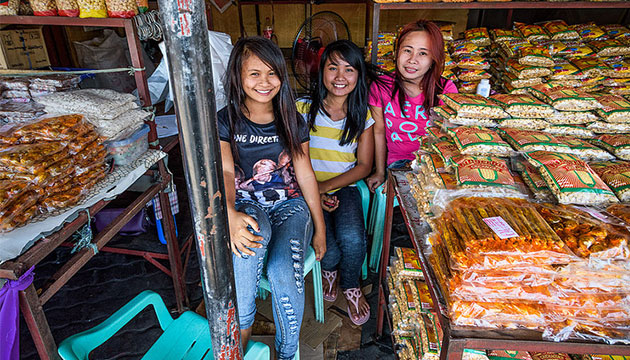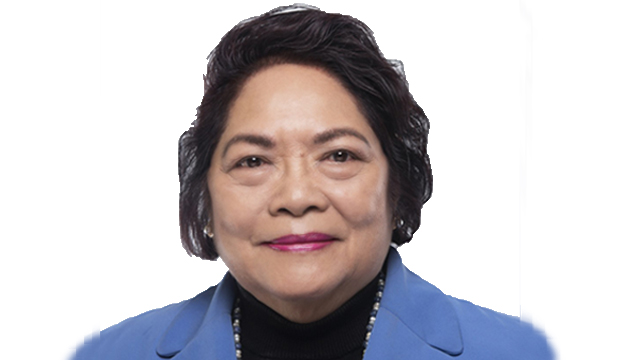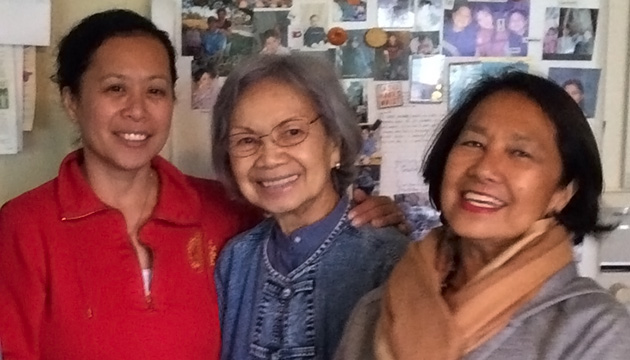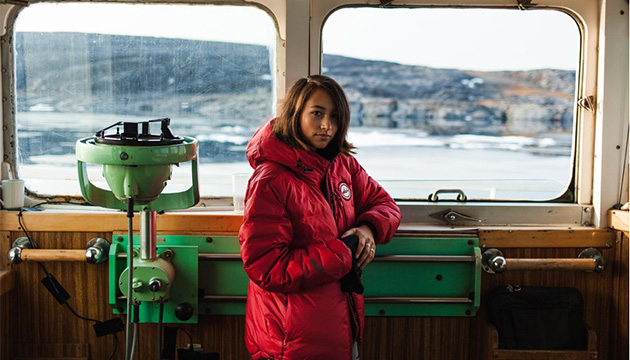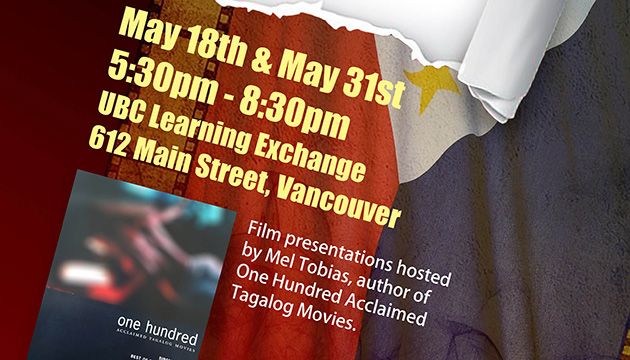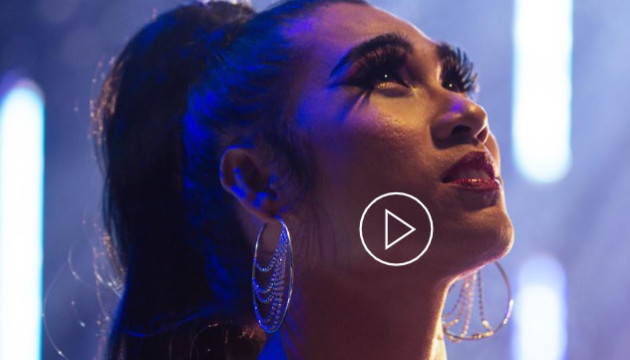October 1, 2019 - Some of us who are Filipino immigrants to Canada still remember a time when we went to a polling place, generally a school, to cast our votes – pressing our thumbs on purple ink pads while election officers, usually teachers, wrote our names and addresses on very large books. Some elections went on late into the night. In some places where there were power outages, voting was done by lamplight or candlelight. Voting in Canada is figuratively and literally a world away from those times.
Below is a list of Questions and Answers that we hope serves as a refresher on the Canadian elections for our readers.
When exactly are the elections? Canadians will go to the polls on Monday, October 21. Polling places will be open for 12 hours on that day. Start times and closing times will differ from province to province.
Monday, October 21 is a workday. Can I take time off to vote? Employers in Canada are required by law to give employees time off to vote. You cannot be denied voting time. That is against the law.
Who can vote? To participate in the Canadian electoral process, you have to be 18 years old on Election Day. You have to be a Canadian citizen, and you must provide a government-issued identification card, like your health card or driver’s license, as proof of your identity and your address. For questions about proof of identification, more information is available at https://elections.ca/content2.aspx?section=faq&document=faqidv&lang=e or call Elections Canada at 1-800-463-6868.
Do I have to register to be able to vote?
Yes. If you are not already registered, you can register at your polling place when you go to cast your vote. You can also use Election Canada’s online voter registration service at https://ereg.elections.ca/CWelcome.aspx?lang=e to check if you are already registered and/or to register.
Where do I vote?
Your polling place will be shown on your voter information card which you will receive by mail. If you are not yet registered and/or did not get a voter information card, you can go to the Voter Information Service provided by Elections Canada at https://www.elections.ca/scripts/vis/FindED?L=e&PAGEID=20 to find your polling place, or call 1-800-463-6868 or 1-800-361-8935 (TTY).
Can I vote before October 21? Yes. For advance voting, citizens may go to their assigned polling places from 9:00 am to 9:00 pm starting Friday, October 11 until Monday, October 14.
Can I take a selfie when I cast my ballot?
No photographs are allowed inside polling stations. Taking photographs is against the law. You can take an election selfie outside of the polling station.
Who am I voting for?
You will likely have heard the term ridings or constituency. Those are terms used in Canada for electoral districts. During federal elections, citizens in various ridings around the country choose the candidate who they feel will best represent them in Parliament. Parliament is the law-making body in Canada. The candidate in the riding who gets the most votes becomes that riding’s Member of Parliament (MP).
But I thought I was voting for the Prime Minister.
Canada is a parliamentary democracy in the British tradition. In this system, citizens do not directly vote for the Prime Minister they want. Instead, they vote for the MP they want to represent their riding. MP candidates run as part of a party – whether it’s the Greens, the Liberals, the NDP of the People’s Party. They may also run as Independents. Once the elections are over, the party that has the most number of elected MPs gets the privilege of forming a government and the leader of that party becomes the Prime Minister. There are 338 ridings in total in the country.
How many seats does a party need to win?
A party that has 170 elected MPs gets to form a majority government. If the winning party wins 169 seats or fewer, they will form a minority government.
So how would a minority government work?
The winning party can ask for the support of other parties and form what is called a governing coalition with other parties, or the winning party can work with other parties to pass bills on a case-by-case basis, depending on the issue.
And then what happens? Once the government is formed, it still faces a test. The new government has to prepare what is called the throne speech. The speech, usually given in December, outlines the priorities and policy plans of the government. The Governor-General reads the throne speech to Parliament, and then the members of Parliament vote whether to accept the speech. If the MPs vote against the throne speech, the opposition parties will come together to form a new government or new elections will have to be held.
Food for thought: The ability to choose someone to represent you in the highest law-making body in Canada is a privilege and a serious responsibility. Political parties in Canada develop policy statements and platforms so that citizens vote on issues and not on the basis of personalities. It is important for citizens to be aware of what issues are at stake and choose their MP based on the candidate’s position on the issues important to them. Issues can include the environment and climate change, the economy, education, law and order and criminal justice, immigration, and health.
Canada prides itself on being a country governed by laws. Citizens must vote and vote wisely, to help ensure it remains that way. BE INFORMED on your MP candidates’ platforms and vote accordingly.




